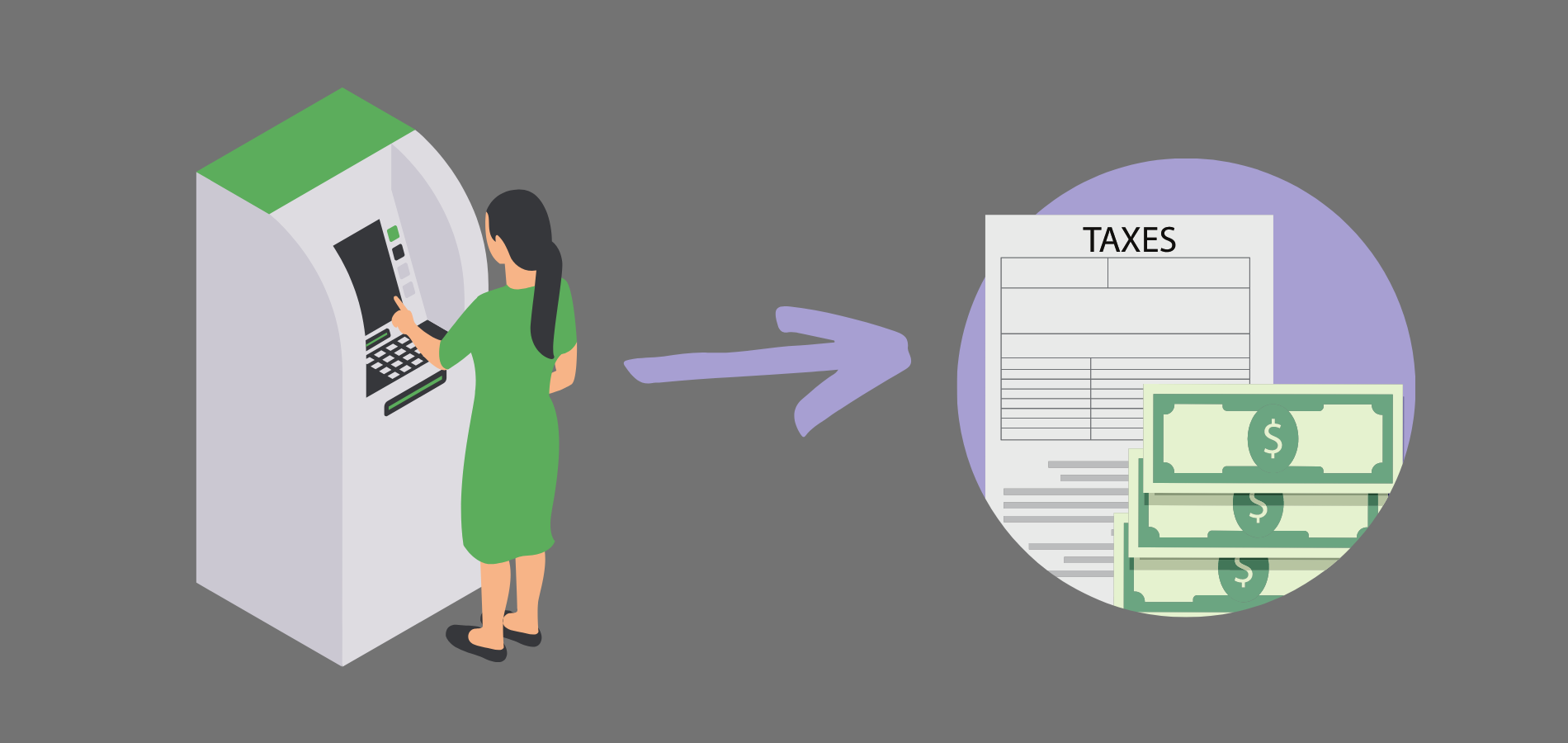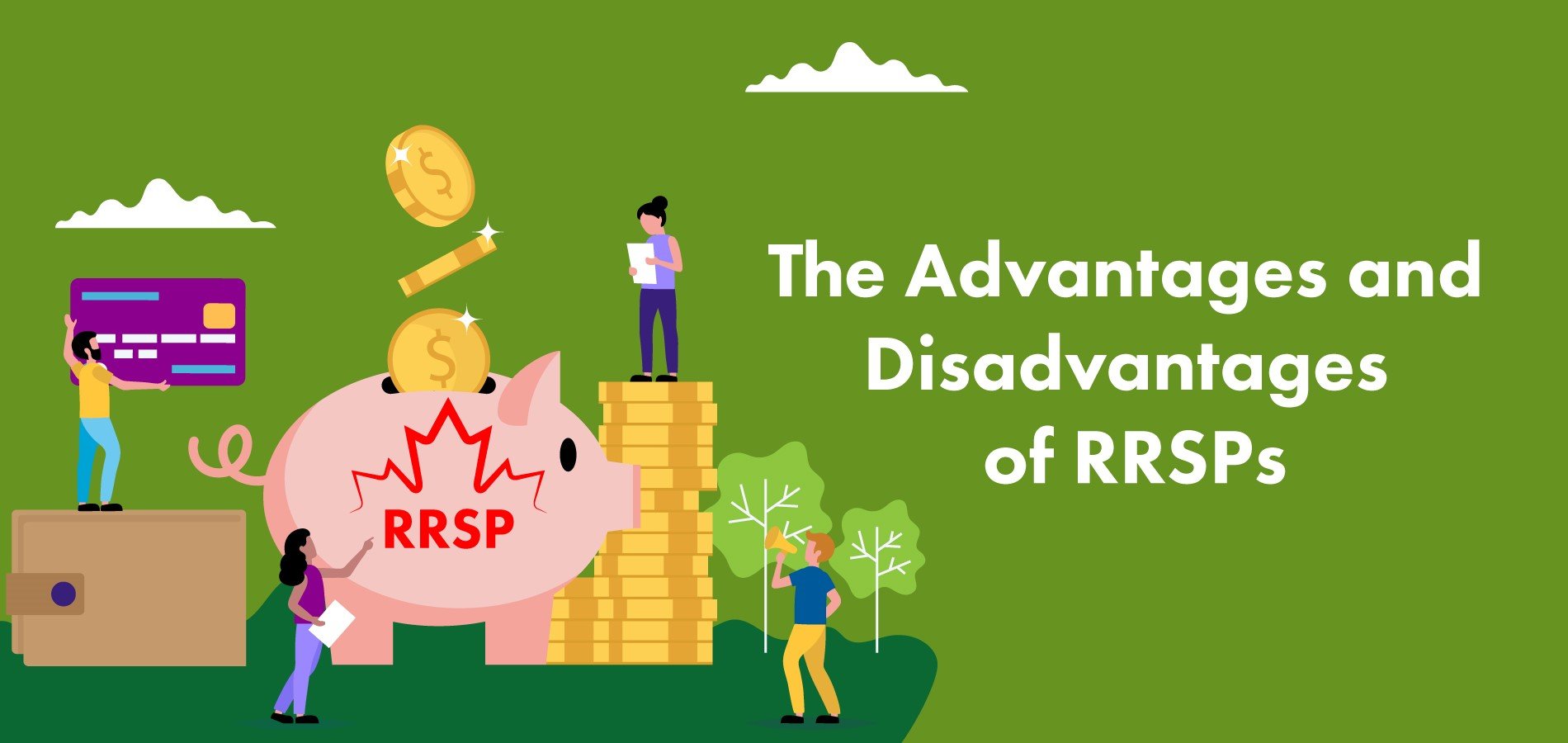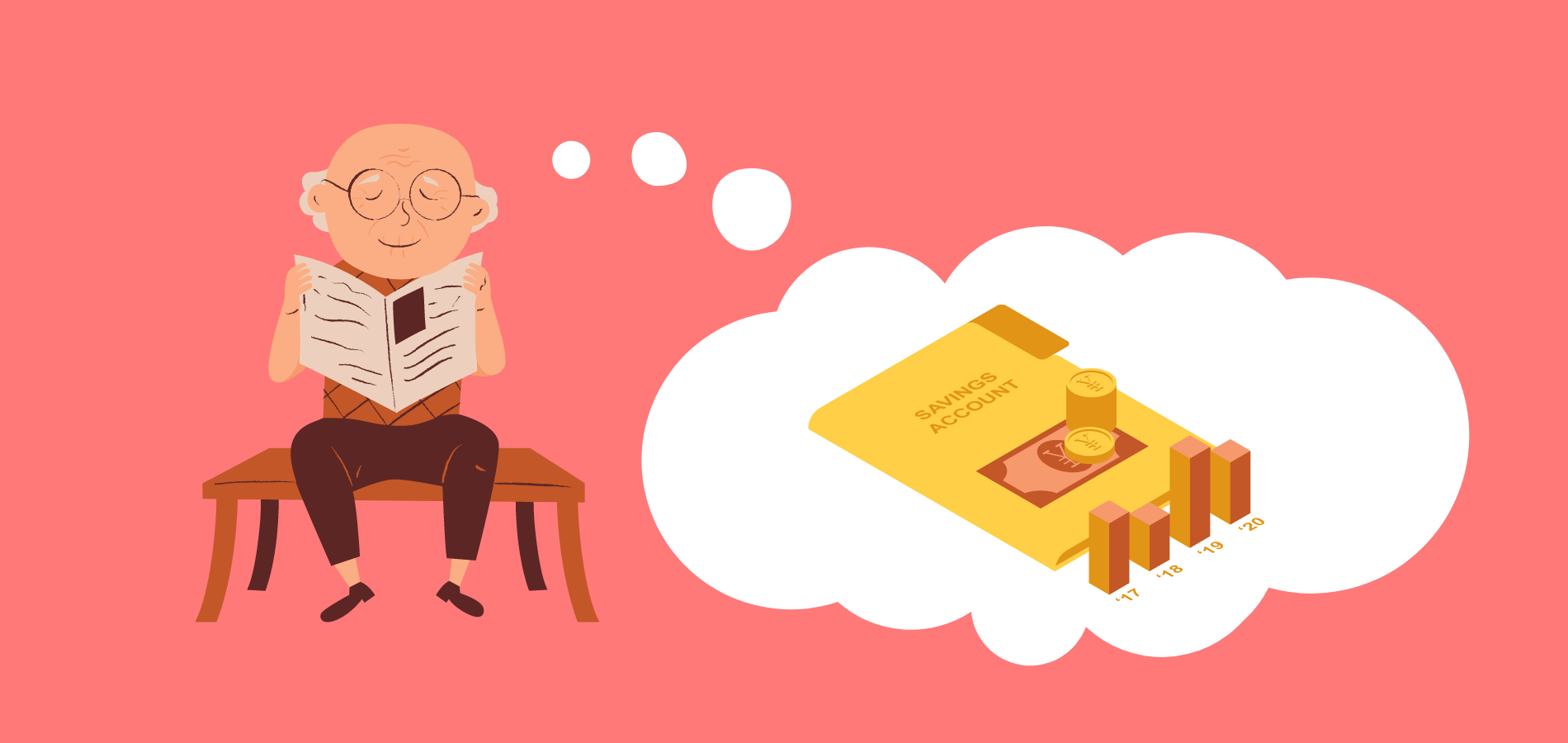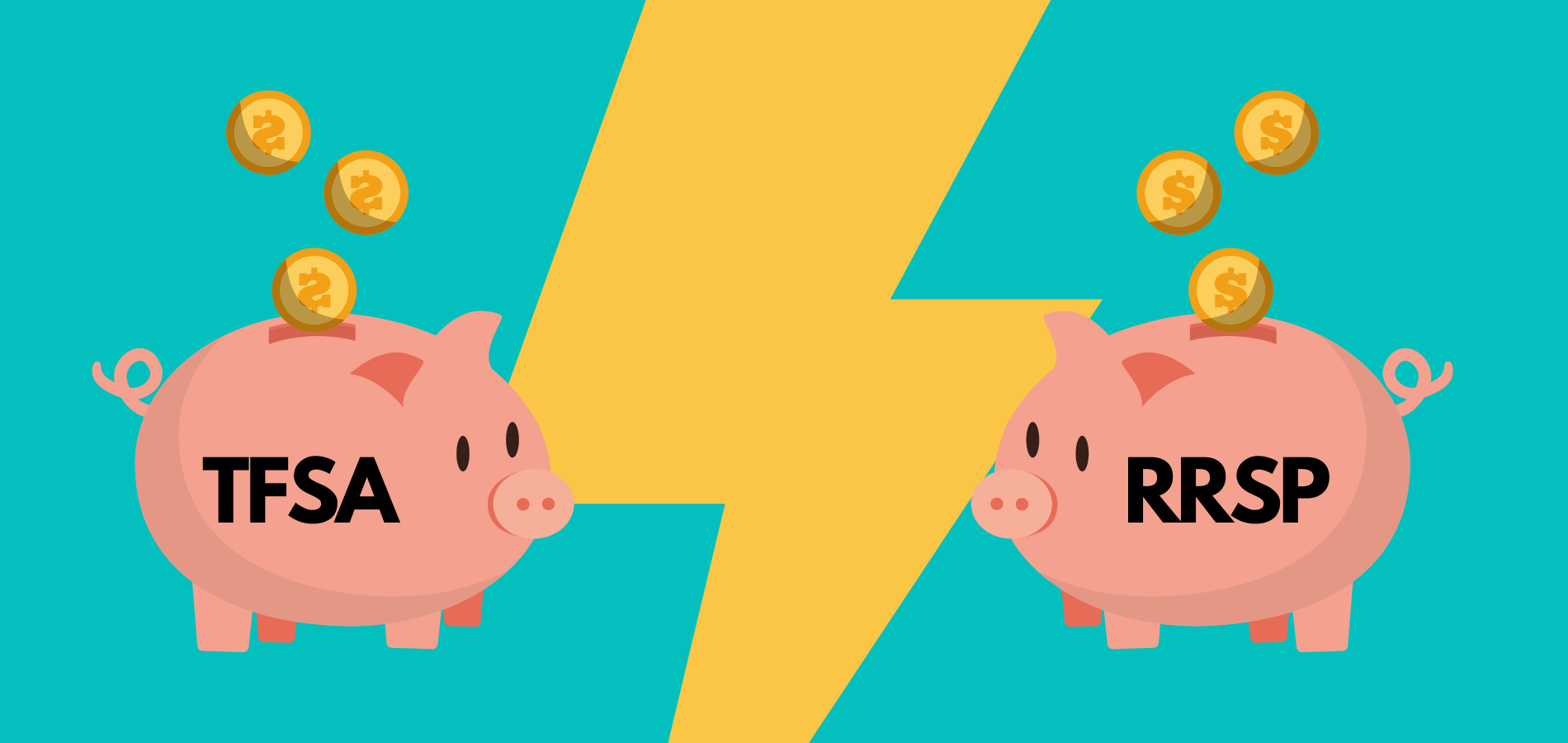When you deposit funds into a Registered Retirement Savings Plan (RRSP), you receive a tax credit that reduces the amount of income tax payable. That’s the good news. The bad news is that if you need cash and want to withdraw funds, the Canadian government will cancel that benefit by applying a RRSP withdrawal tax.
However, there are cases where you can take out funds without penalty. Read on to learn more about ways to avoid tax withholding – or at least minimizing it.
What is a Registered Retirement Savings Plan (RRSP)?
RRSPs are savings vehicles intended to help Canadians prepare financially for retirement. In addition to receiving a tax credit when you contribute money, the investments accumulate tax-free as long as you leave the funds in your account.
You only face tax when you take money out upon retirement. Hopefully, you are in a lower tax bracket when you retire so the tax bill will be reduced.
You can invest the money in a wide variety of vehicles. If you are risk-adverse, you can purchase GICs, although the interest rates are currently very low. Or you can consider blue-chip stocks, which often pay dividends. Or take a flyer on a small-cap stock and see whether it grows exponentially. Mutual funds allow you to invest in a broad range of stocks and bonds – they are professionally managed.
When can you withdraw from an RRSP?
While they are intended for retirement, RRSPs can actually be tapped anytime. Sometimes you are just short of money and need to make a withdrawal. You can take funds out – as long as you pay the withholding tax.
Can you withdraw from an RRSP before age 65?
Absolutely. There is no particular requirement that you must retire at age 65. You can retire at an earlier age and begin accessing your funds. Or you can continue working and keep your funds in your RRSP, watching them accumulate more interest and earnings. The only rule is that you must close your RRSP by Dec. 31 of the year that you turn 71.
How much tax is there on an RRSP withdrawal?
The RRSP withdrawal tax, officially known as a withholding tax, varies depending on how much you are taking out of your RRSP.
The withholding tax is:
- On withdrawals up to $5,000: 10 percent
- On amounts from $5,001 to $15,000: 20 percent
- On withdrawals above $15,000: 30 percent
You can minimize the tax by making more than one withdrawal. For example, suppose you need $9,000 to put a new roof on your house. You can request two withdrawals of $5,000 each. You will only pay 10 percent withholding tax, or $1,000 total, leaving you with the $9,000 for the roof.
If you are married and your spouse has an RRSP, you can both withdraw $5,000 each. Again, this minimizes the RRSP withdrawal tax.
However, it’s important to consider all of the costs of making a withdrawal. Your financial institution may charge a fee for each withdrawal. Therefore, add the fee and the withholding tax to determine your total cost.
When you file your income tax return, you must report the RRSP withdrawal as income. You can claim a credit for the RRSP withholding tax. However, you may end up owing more taxes. For example, a 10 percent withholding tax on a $5,000 withdrawal probably won’t cover the tax owing if you are in the 20.5 percent tax bracket.
Tax-free withdrawal: The Home Buyers Plan
The Canadian government does provide a few ways to withdraw funds without paying the withholding tax. One of these is the Home Buyers Plan (HBP).
Under the HBP, you can withdraw up to $35,000 to purchase a first home. If you are married or living common-law, your partner can take out the same amount. There is no withholding tax on these withdrawals.
What’s the catch? You have to repay your RRSP within 15 years. You must make annual payments or face tax penalties.
An interesting twist is that even though this plan is intended for first-time home buyers, you may qualify even if you previously owned a home. To learn more about the Home Buyers Plan, please read our blog post on this topic.
Tax-free withdrawal: The Lifelong Learning Plan
If you or your spouse decides to return to school full time, you can withdraw up to $10,000 tax-free in a calendar year. You cannot withdraw funds to finance the post-secondary education of your children.
RRSP withdrawal after retirement
Once you retire, you will want to begin taking funds out of your RRSP in order to have money to live on. You must close your RRSP by the end of the year you turn 71.
There are three options for accessing your RRSP funds:
- Take the cash: Generally, this is not advisable. You will face a huge tax hit on a one-time withdrawal from your RRSP.
- Purchase an annuity: An annuity provides you with a guaranteed monthly payment for the rest of your life. You must report the annuity payments as income on your tax return.
- Convert to a Registered Retirement Income Fund: This allows you to transfer your RRSP to a RRIF without facing a tax hit. The RRSP rules require that you withdraw a minimum amount from your RRIF every year. You will have to include this amount as income on your tax return.
RRSP withdrawal tax strategy
It’s important to carefully consider the RRSP withdrawal tax implications before withdrawing funds from your RRSP. Your financial advisor can help you to calculate the total cost – the taxes plus any withdrawal fees your financial institution may charge. Be sure to develop a retirement withdrawal strategy.
If you have a cash-flow emergency before you retire, it might make more sense to take out a homeowner’s line of credit to meet your cash needs. If you have built up substantial equity in your home, you may be able to get a low-interest line of credit. This may be preferable to taking the tax hit on a RRSP withdrawal.





